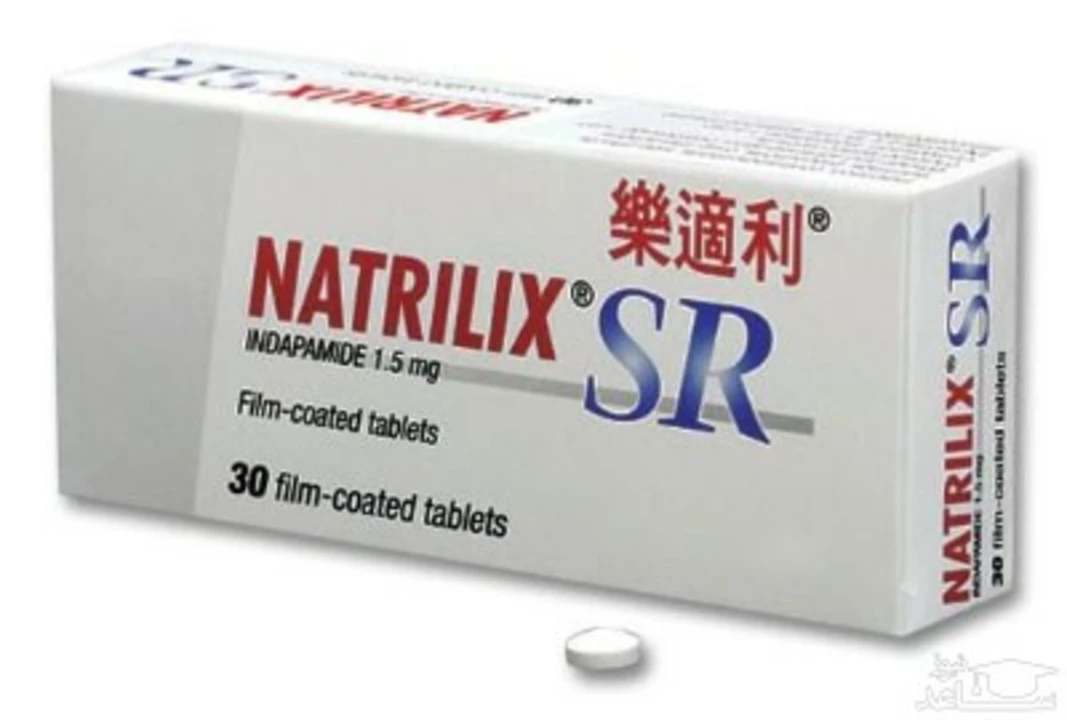Headaches: What Causes Them and How to Find Fast Relief
Headaches are one of the most common reasons people skip work or reach for medicine. Some hurt for a few minutes, others knock you out for days. Knowing what type you have and what helps can cut pain fast and keep it from coming back.
First, figure out the type. Tension headaches feel like a tight band across your head and often come from stress, poor posture, or too much screen time. Migraines are worse — pulsing pain on one side, light or sound sensitivity, nausea, maybe visual changes. Cluster headaches are rare but brutal, with sharp pain around one eye and a regular daily pattern. Knowing which one you get makes treatment simpler.
Fast fixes you can try right now
Want relief now? Try these practical steps you can do at home:
- Move to a quiet, dark room if lights and noise make it worse. Migraines and severe headaches calm down much faster in low stimulation.
- Cold or warm compress: put a cold pack on your forehead for migraines or a warm towel on your neck for tension headaches. Find which helps you and keep doing that.
- Hydrate and eat a light snack. Dehydration and low blood sugar trigger headaches for many people. Drink water and have something with carbs and protein — a banana and peanut butter, for example.
- Over-the-counter meds: acetaminophen, ibuprofen, or naproxen work well for tension headaches and milder migraines. Follow the label and don’t mix doses. If you take blood thinners or have liver or kidney issues, check with a clinician first.
- Try simple relaxation: deep belly breaths, a short walk, or gentle neck stretches. Posture fixes like sitting up straight and moving every 30–60 minutes at a desk help prevent tension types.
When to get medical help and how to prevent repeats
See a doctor right away if your headache is the worst you’ve had, comes on suddenly, follows a head injury, or happens with fever, confusion, trouble speaking, numbness, or vision loss. Also get checked if you need pain meds more than two or three times a week — frequent use can cause rebound headaches.
To cut down future attacks, track triggers: sleep changes, certain foods (aged cheese, processed meats), strong smells, alcohol, skipped meals, or stress. Keep a simple headache diary for a few weeks — date, duration, foods, sleep, and meds. Small changes often make a big difference: regular sleep, consistent meals, limiting caffeine late in the day, and regular exercise.
If headaches limit your life or home remedies stop working, ask for a medical review. A doctor can suggest prescription options, physical therapy for posture, migraine-specific treatments, or tests if needed. You don’t have to live with daily pain — there are clear, practical steps to feel better and stay that way.
Indapamide and Headaches: Is There a Link?

In my recent research, I came across a possible link between Indapamide, a diuretic medication commonly used to treat high blood pressure, and headaches. Some studies suggest that Indapamide may contribute to headaches as a side effect, although this connection is not yet fully understood. As a result, it's essential for patients taking this medication to closely monitor any changes in their headache patterns and communicate them to their doctors. Further research is needed to better understand the relationship between Indapamide and headaches to ensure patients can manage their blood pressure safely and effectively. In the meantime, it's crucial for both patients and healthcare professionals to be aware of this potential link and take necessary precautions.
